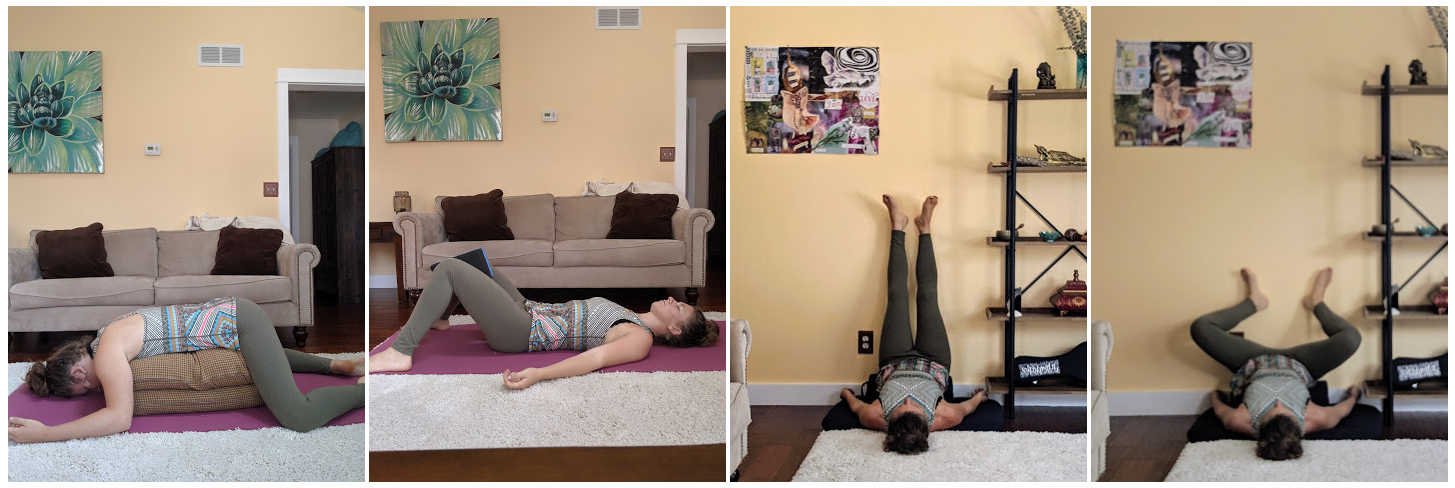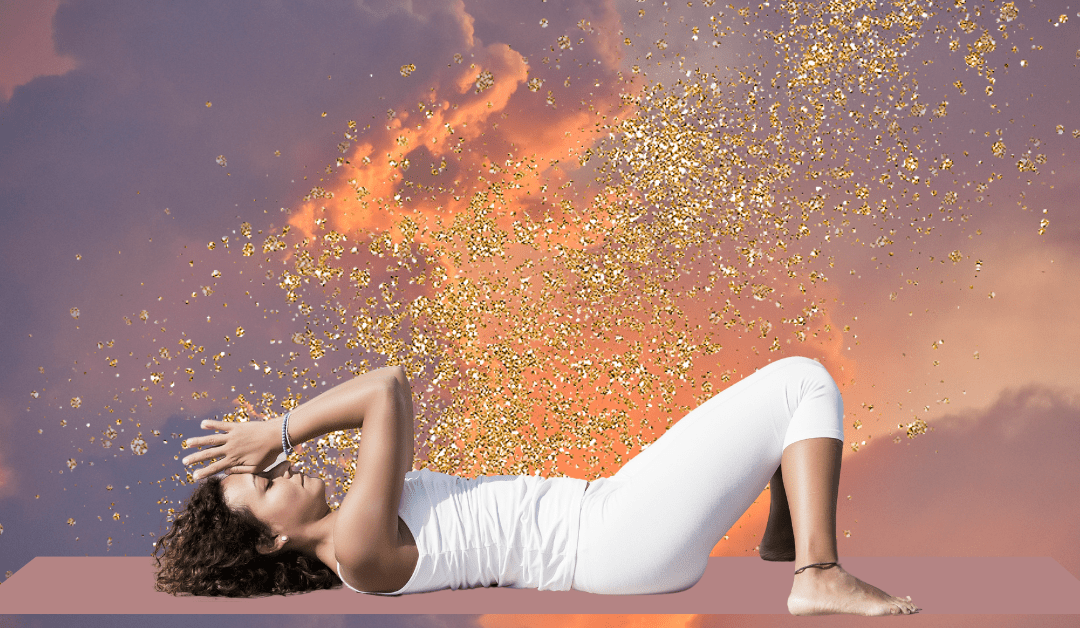The iliopsoas muscle group is becoming more and more well known for its role in low back pain, hip issues, digestive and reproductive issues, and chronic stress.
This is one of the muscle groups I find that is often simultaneously very tight and very weak in almost everyone in my practice. Since I work often with people who have chronic stress, chronic pain, trauma, and anxiety stored in their nervous systems, most all of my clients have restrictions and clenching their psoas muscle.
Since the psoas is a fight or flight muscle, when someone is under chronic stress or trauma it tends to clench and tighten for the long-term. This leads to increased pain and dysfunction in the hips and other regions of the body, essentially locking our structure into a state of fight or flight. The iliopsoas muscle group pulls your knee up toward the chest and out to the side, which is a key action needed for running (and escaping threat.)
When our fight or flight muscles, such as the psoas, are locked in the “on” position, it makes it much more challenging to relax and calm the mind. I believe this is why this specific muscular restriction is found so often in people who struggle with mental health balance.
So many people approach releasing their psoas through deep stretching or massage. I’m a believer of Liz Koch’s work surrounding the psoas muscle, who argues that since the iliopsoas is so connected to our nervous system it can’t be released through aggressive and forceful measures. In fact, deep stretching and massage work can often cause this muscle group to clench and tighten more!
I’ve found the most powerful way to release, soften, and lengthen the psoas muscle comes through a gentle, somatic, nervous system approach. Try out a few of my favorite methods below:

1) LEGS UP THE WALL FOR 15 – 20 MINUTES
Find a clear wall space and scoot your hips up close to the wall. Lie on your back and bring your legs up the wall with the soles of the feet facing the ceiling. You can optionally elevate your hips under a pillow or find a sandbag to place on top of the soles of the feet. Give yourself plenty of time in this pose, breathing into your belly and letting your muscles be heavy.
2) BUTTERFLY UP THE WALL VARIATION FOR 5 – 10 MINUTES
From legs up the wall, bend the knees and bring the soles of the feet onto the wall at hip’s distance apart. Bring the outer edges of the feet onto the wall, allowing the knees to come wide. The soles of the feet will be facing toward one another, but not touching.
3) CONSTRUCTIVE REST POSE FOR 15 – 20 MINUTES
Lie on your back with your knees bend. Plant your feet wider than hip’s distance apart. Let your knees collapse inward, bringing a yoga block between your thighs on skinny setting.
4) FACE DOWN SAVASANA FOR 5 – 10 MINUTES
Place 1-2 bolsters stacked facedown on your mat. Line the short edge up with the front of your hips and lie face-down over the bolsters. Bend your knees and draw them slightly out to the side. Allow your head and arms to rest over the front edge of the bolster.
Please share your experiences below and if you found this article beneficial, please spread the love and share it with your friends!
If you feel imbalanced, stressed, anxious, or just plain STUCK, join us in this free email series, where you’ll receive 7 videos over 7 days to help you tone your Vagus Nerve.✨



Wow!!! I just did these and they helped SO much!